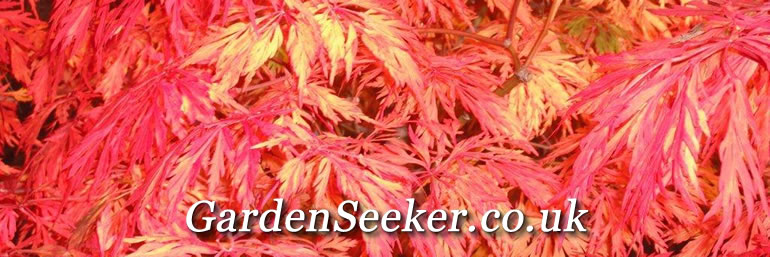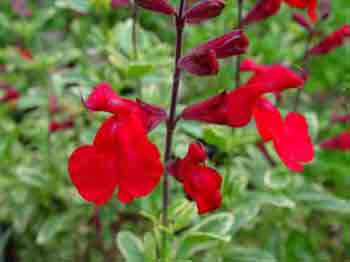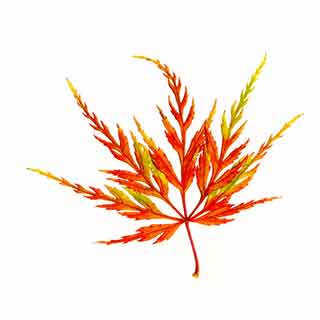

Half hardy perennials are used extensively for bedding plants in the UK, and include plants such as Pelargoniums or geraniums as are known. They are distinct from annual plants which will only live for one year. Being perennial, means that they can live at least for a few years – providing that they are given suitable protection and near frost free conditions for the winter.
Half hardy perennials are halfway between the tender perennials such as Impatiens – which can live several years if given sufficient heat for the winter, and hardy perennials which can be left out in the garden to return into growth for several years – even after cold winters.
There is no specific temperature for a plant to be classed as half hardy. Surviving near-frost conditions (or even a short spell of frost depending upon many conditions) would be the vague description of half-hardiness. Much depends upon other climatic conditions such as soil condition and air flow. Dry soils are more likely to help a half hardy perennial than a wet soil.
 Half Hardy Bedding Plants
Half Hardy Bedding PlantsHalf hardy perennials are used extensively for bedding plants in the UK, and include plants such as Pelargoniums or geraniums as are known. They are distinct from annual plants which will only live for one year. Being perennial, means that they can live at least for a few years – providing that they are given suitable protection and near frost free conditions for the winter.
Half hardy perennials are halfway between the tender perennials such as Impatiens – which can live several years if given sufficient heat for the winter, and hardy perennials which can be left out in the garden to return into growth for several years – even after cold winters.
There is no specific temperature for a plant to be classed as half hardy. Surviving near-frost conditions (or even a short spell of frost depending upon many conditions) would be the vague description of half-hardiness. Much depends upon other climatic conditions such as soil condition and air flow. Dry soils are more likely to help a half hardy perennial than a wet soil.
In seed catalogues in particular, you may see the abbreviated HHP as an indication if the plants are to be considered as needing protection in coldest weather.
So we are talking of otherwise perennial plants, which will survive a colder spell and possibly a degree of frost for a short time. Many Bedding Geraniums and Fuchsias will do so, and may be overwintered in near dormant conditions with the provision that they are kept frost free.
Begonias and dahlias will live for several years if they are protected from cold conditions. The dahlias die down, but will come back from their tubers providing they are kept frost-free. Impatiens, on the other hand, is a Tender Perennial which by definition will not tolerate near frost temperatures during winter, and may even succumb to a cold spell in summer!
A further complication in classifying a Half Hardy Perennial is the geographical location in the UK. Some half hardy perennials may last a cold snap in southern counties, but in northern areas would stand very little chance.

Borderline plants such as the Salvia range are sometimes hardy in a mild winter, but are best treated as half hardy perennials.
Cosmos; Sweet peas; Cineraria; Cobaea; Carnations; Cosmos; Dianthus; Heliotrope are just a few which can be grown and cared for as half hardy perennials. All will live into the second year and more – providing they are given suitable frost free protection in the winter months.
Many of the above are treated as tender annuals and raised by sowing from seed each spring. Others such are the Geraniums and Fuchsias are normally treated as true perennials - but as Half Hardy and NOT Hardy Perennials. Often they are also propagated by taking cuttings in the spring, after being overwintered in cool conditions. Many Chrysanthemums are also propagated annually by cuttings
